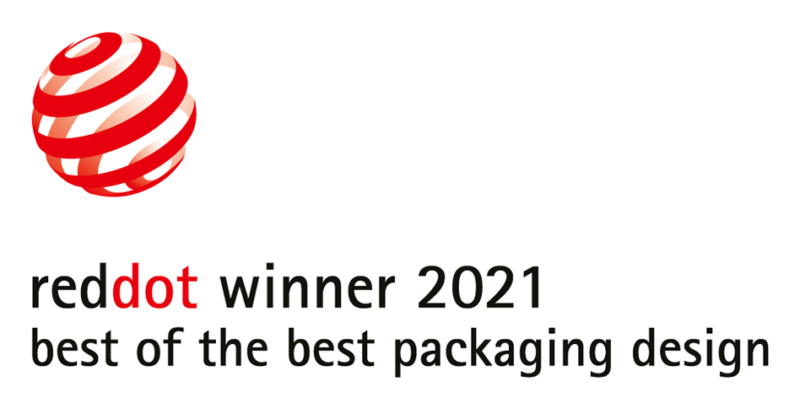Inclusion and diversity in the packaging world

Diversity and inclusion are major issues that are moving and challenging our world more than ever. That is why they are also becoming increasingly important in the packaging industry. Similar to sustainability, diversity is no longer just a trend, but a strong movement that will gradually become the norm. In the following, we look at what is specifically at stake for consumers and brands in this context.
Consumers want to recognize themselves in brands
Consumers want to see brands that are really “aimed at them,” that they can identify with, that they feel connected to in some way – in short, brands that represent who they, the consumers, are.
Consumers’ thought processes can be outlined simply and well using skin and hair care products as an example:
– Is this product too “young” or too “old” for me?
– Does it suit my skin tone?
– Does it work for my hair texture?
Packaging can play a big role in answering these and similar questions, even taking them over completely. Diversity and inclusion in this context “demand” that not only some consumers feel they “belong” to the product in question, but as many as possible, ideally all. To accomplish this as a brand, there are two main options:
1. make products that cover different types, e.g., several skin or hair types, and communicate this diversity through packaging as well as other branding.
2. develop product lines that include the same basic product in diverse variations so that the right version is available for each and everyone, e.g., shampoo for straight hair, wavy hair, curly hair, etc.
“This brand thinks of me.” That’s the feeling consumers want to have.
Brands must exemplify diversity and inclusion comprehensively
Diversity and inclusion are relevant for all brands in every industry. In the long run, hardly any brand can afford not to embrace this development. Nevertheless, integration should not be done out of compulsion in order to remain successful or become even more successful, but should be authentic. This in turn means that diversity must go far beyond mere packaging design.
For brands, it is crucial to exemplify diversity and inclusion comprehensively. To do this, these aspects must be embedded entirely in the brand’s own values and clearly expressed in all areas – including, but not limited to, packaging design.
Of course, this cannot be achieved overnight. For traditional brands in particular, thinking more openly is an enormous change that will certainly take time. Brands should prepare themselves for an intensive process, which could look something like this:
Step 1: Analyze the status quo. “How do we currently represent diversity and inclusion internally and externally?”
Step 2: Elaborate on our own diversity and inclusion goals. “What do we want to achieve?”
3rd step: implementation of the elaborated goals. There are a variety of options and approaches, such as the following:
– Select staff more diverse, hire people with different backgrounds (origin, religion, sexual orientation, age, etc.)
– Create an open culture of discussion and give all employees a say in the process
– Optimize existing and new products in terms of diversity
Incidentally, greater diversity in one’s own company not only has the advantage of positively emotionalizing and winning over numerous customers; it also benefits the brand itself, as it leads to more diverse ideas and innovations. Of course, these also have to be approved. That’s why it’s just as important for brands to be brave(er) and actually give space and attention to the more diverse input, be it in the development of new products and packaging designs or in other entrepreneurial areas.
What’s the state of play in the packaging world?
Walking down the aisles of mainstream supermarkets today, you don’t see too much of the diversity discussed here yet. However, that doesn’t mean that nothing is happening. There are already some brands that dare to design their packaging accordingly. A few examples are briefly mentioned here:
– M&M’s: three female characters of the iconic (and delicious) chocolate lentils turned upside down, motto “supporting women, flipping the status quo.”
– Loveislove olive oil: labels depict different love couples – heterosexual and homosexual.
– Wild Flower Perfume: branding depicts diverse people, motto “find your pleasure”
– NY Levian Bakery: brand colorfully illustrates the diversity of its clientele
All of these are undoubtedly impressive examples. But in order for diversity and inclusion to move from the exception to the norm in the world of packaging, brands still have some work to do. The goal is to make products accessible to a wide range of people through their inner and outer design and to stand for diversity as a brand with conviction and thus authentically.
